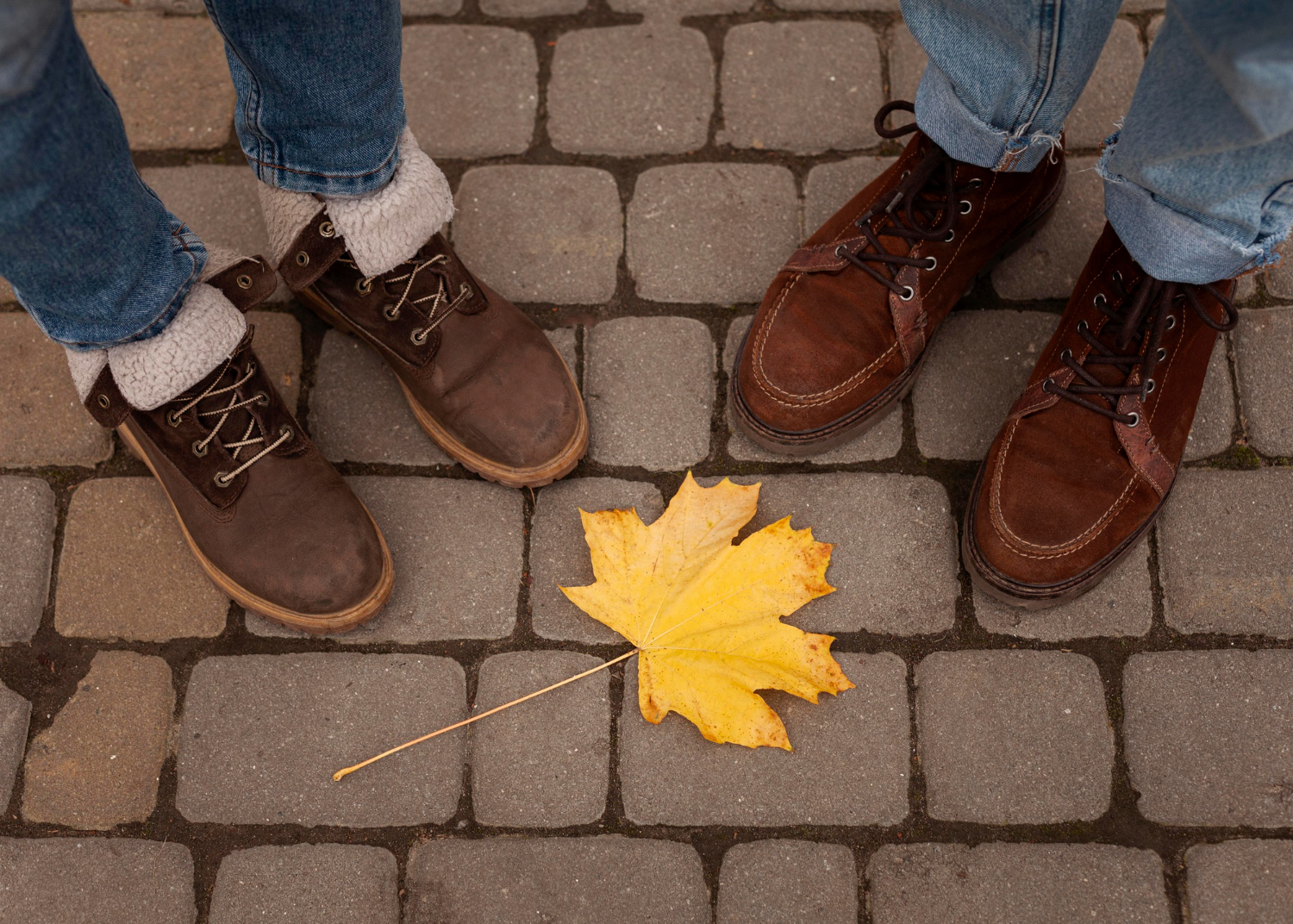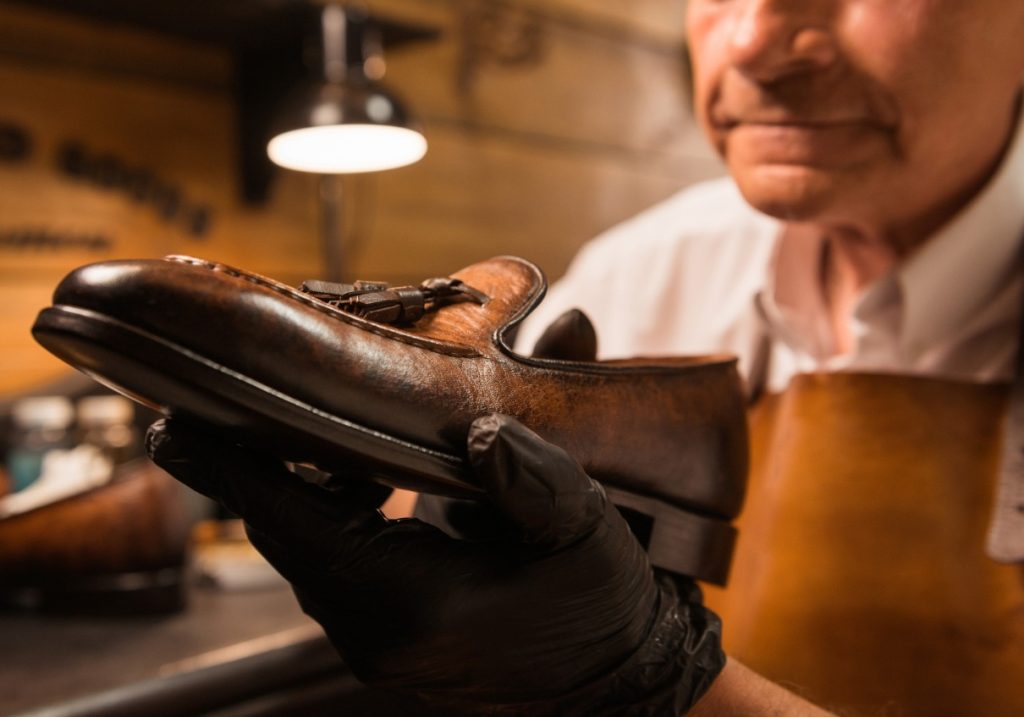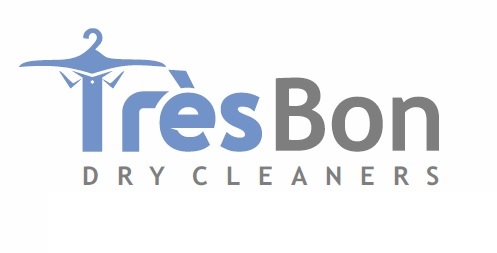
Due to constant use (or even when not), shoes will eventually show signs of wear, such as scuffed soles, loose stitching, or thinning leather. When these become noticeable, most of us then wonder: can this pair still be saved?
In many cases, yes – these issues can still be professionally repaired. From re-soling to replacing torn linings, skilled cobblers know which damages are reversible and which aren’t. But for shoe owners, it’s not always obvious.
This guide will help you understand what types of shoe damage can be fixed, when to retire a pair, and why expert evaluation makes all the difference.
Common Shoe Damages That Can Be Repaired
When you’ve owned a pair long enough to see them worn thin, it’s comforting to know that most damage isn’t a deal breaker. Scuffed soles, broken zippers, or loose stitching might look like the end, but they’re often simple fixes for a seasoned cobbler. With the help of a professional cobber, you can get years more use out of shoes that just need a little expert attention.
Let’s look at some of the most common types of shoe damage professionals repair every day.
| Part of the Shoe | Typical Problem | How a Cobbler Fixes It | Result / Benefit |
|---|---|---|---|
| Soles | Worn, uneven, or thinning soles that cause slipping or discomfort. | Replace the entire sole or patch damaged sections. Goodyear-welted and Blake-stitched shoes can be resoled multiple times. | Restores traction, balance, and extends the lifespan of your shoes for decades with proper care. |
| Heels | Uneven wear, broken heel caps, or instability when walking. | Replace heel caps, rebuild bases, or adjust balance using matching materials. | Improves comfort, posture, and stability; can be customized for look and feel. |
| Stitching | Frayed, broken, or unraveling seams. | Reseal and resew seams using strong, color-matched thread and reinforce weak areas. | Restores structure, prevents further damage, and strengthens the shoe’s overall build. |
| Zippers | Misaligned teeth, stuck sliders, or broken closures on boots. | Adjust or lubricate zippers; replace sliders or install new zippers if necessary. | Restores full functionality and keeps boots looking and working like new. |
| Insoles | Flattened padding, lost arch support, or general discomfort. | Rebuild or replace insoles; create custom or orthopedic-grade inserts for a perfect fit. | Improves comfort, support, and foot alignment for all-day wear. |
| Eyelets | Loose, missing, or damaged lace holes. | Replace with reinforced or matching rings to prevent tearing and protect the lining. | Keeps laces secure, maintains shape, and prevents future damage to the upper material. |
With professional shoe repair, most of these problems can be fixed quickly and affordably, restoring not just the look, but also the comfort and performance of your favorite pair.
Signs Your Shoes Are Beyond Repair
As much as we’d like to think every shoe can be saved, some pairs simply reach their limit. Once the foundation or material breaks down too far, no amount of patching or polishing can make it wearable again. So knowing the difference between “repairable” and “replaceable” can save you time, money, and frustration.
Here are the clearest signs that your shoes might be beyond repair.
1. Severe Structural Damage
If your shoes have lost their shape or feel unstable, the internal shank or support system may be broken. When that inner frame collapses, even the best cobbler can’t restore the original comfort or balance. This is especially true for low-quality shoes glued together rather than stitched. They’re not designed for rebuilds.
2. Worn-Out Uppers
When the uppers are deeply creased, torn, or stretched beyond form, the damage may be irreversible. If the leather or fabric has become too weak or dry to hold stitching, patching won’t last long. A professional might be able to disguise the damage, but in many cases, replacement is the smarter option.
3. Cracked Leather
Small cracks in leather can be softened and recolored, but deep splits are another story. Once the fibers separate, they can’t regain strength or flexibility. At that point, you’re better off retiring the pair and investing in a new set of quality shoes that can handle future repairs.
Special Considerations for Leather, Suede, and Designer Shoes
Different materials age and wear in unique ways, which affects how repairable they are. Leather, suede, and designer shoes each come with their own set of challenges, and knowing how they respond to restoration can help you make better repair decisions.
| Material Type | Repair Characteristics | Professional Care Tips |
|---|---|---|
| Leather Shoes | Leather is one of the most repair-friendly materials. It can be cleaned, recolored, stretched, and reconditioned to restore shape and shine. | Condition regularly to prevent drying and cracking, keeping the leather flexible and repairable for years. |
| Suede Shoes | Suede is soft, textured, and delicate—it demands gentle handling. Cobblers can remove stains, refresh faded color, and revive flattened fibers with special brushes and steam. | Avoid water exposure; once suede fibers are burned or severely damaged, restoration becomes extremely limited. |
| Designer Shoes | Designer shoes often use intricate stitching, specialty leathers, and custom finishes that require expert hands. | Choose a cobbler who specializes in luxury brands to maintain structure, color, and brand detailing while preserving long-term value. |
Different materials require different approaches, and sometimes, what looks unfixable can be saved with the right touch. A trusted cobbler can help you decide whether to restore, clean, or retire your shoes for good.
Why a Professional Shoe Repair Expert Should Assess the Damage

Even if you have a good eye for wear and tear, it’s not always easy to know what’s fixable. That’s where a trained professional can help you with. A cobbler’s experience and tools allow them to assess what kind of repairs your shoes need, and whether they’ll be worth the cost.
Here’s why professional assessment is so important.
1. Professional Evaluation
A cobbler can detect structural issues that aren’t visible to the untrained eye, like separated layers or weakened adhesives. They’ll examine the shoe’s integrity before suggesting any work, ensuring your investment pays off. This level of precision prevents wasted money on temporary fixes that won’t last.
2. Customized Repair Options
Every pair of shoes is different. A skilled cobbler will tailor the repair process to fit your shoe’s brand, material, and level of wear. They might recommend partial resoling, recoloring, or minor reinforcement instead of full restoration, saving you money while preserving quality.
3. Long-Term Value
A professional evaluation not only restores what’s visible but also strengthens what’s underneath. The best shoe repair service in Albertson, NY, focuses on improving durability and comfort, extending your shoe’s life far beyond a single fix. Regular checkups can even catch small issues early before they turn into expensive repairs.
At the end of the day, trusting a professional isn’t just about fixing shoes; it’s about protecting your investment. A skilled cobbler can spot potential problems, offer honest advice, and breathe new life into the shoes you thought were beyond saving.
Let Tres Bon Dry Cleaners Bring Back the Comfort, Color, and Polish Your Shoes Once Had
Before you decide to finally let your favorite pair go, let a professional assess the true condition of your shoes. At Tres Bon Dry Cleaners, we partnered with an expert cobbler who specializes in Shoe Shine and Repair, from heel caps and new soles to stretching, polishing, and full restoration.
Don’t wait until the damage gets worse. Bring in your pairs today at Tres Bon.
📍 Visit Us: 1085 Willis Avenue, Albertson, NY 11507
📞 Call Us: (516) 494-7991
✉️ Email: contact@tresbondrycleaners.com
📲 Stay Connected: Download our mobile app for free pickup & delivery services.

